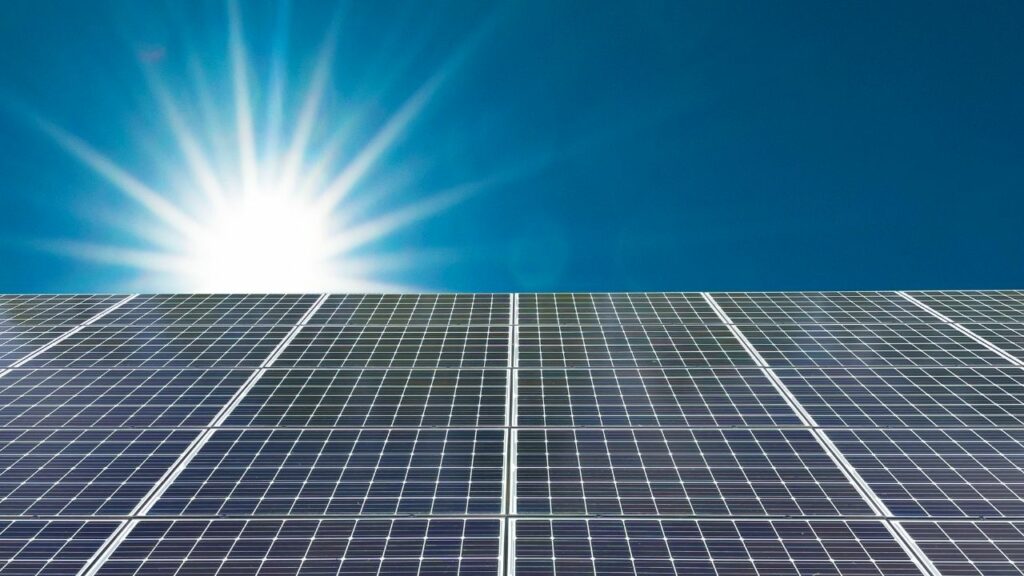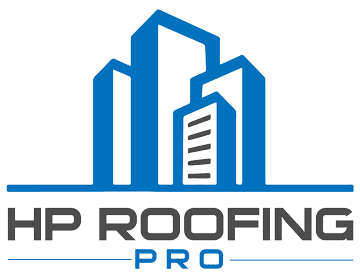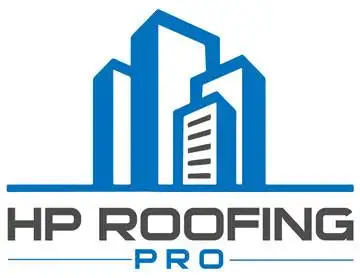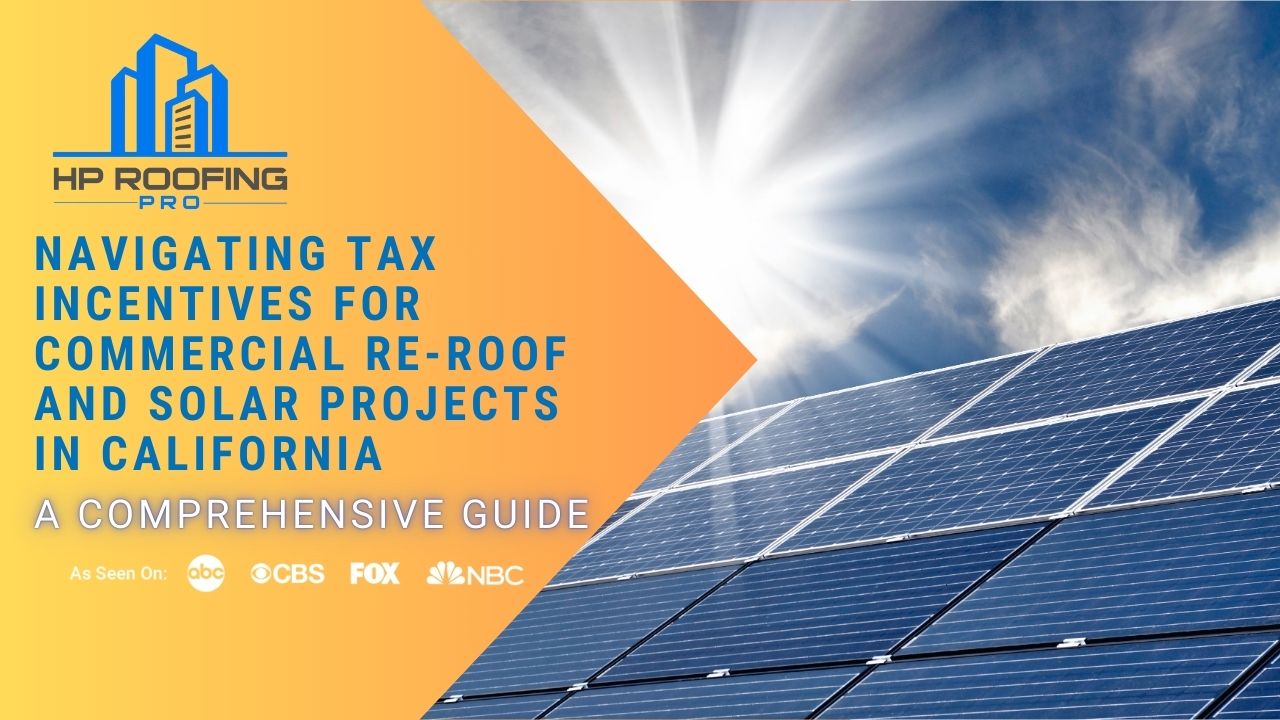Mon - Fri 7:00 am - 4:30 pm
601 South Palm Ave, Alhambra, CA 91803
Posted by [email protected] No Comments on Navigating Tax Incentives for Commercial Re-Roof and Solar Projects in California: A Comprehensive Guide Roof Replacement, Solar
Navigating Tax Incentives for Commercial Re-Roof and Solar Projects in California: A Comprehensive Guide
In today’s evolving energy landscape, commercial building owners in California are increasingly turning to energy efficiency and renewable energy solutions to reduce operational costs and environmental impact and enhance property values. Two key strategies that have garnered significant attention are re-roofing and solar installations. Fortunately, both projects can benefit from various tax incentives designed to offset upfront expenses and accelerate the return on investment. This article explores the federal and state-level incentives available for commercial re-roof and solar projects and practical considerations for leveraging these benefits.
A Dual Opportunity
Commercial re-roofing and solar installations offer a dual opportunity: improving a building’s energy performance and taking advantage of attractive financial incentives. For many California building owners, these projects are not solely about maintenance or aesthetics; they are strategic investments that can significantly lower energy bills, reduce greenhouse gas emissions, and increase overall asset value.
However, navigating the complex landscape of tax incentives—from federal credits to state-specific deductions—requires a clear understanding of eligibility criteria, calculation methodologies, and the interplay between different programs. This guide provides a step-by-step exploration of the key incentives available, empowering commercial property owners and decision-makers to make informed choices.

Understanding Commercial Re-Roofing and Solar Projects
Re-Roofing for Energy Efficiency
Re-roofing involves replacing or upgrading a building’s roofing system. When planned as part of an energy efficiency improvement strategy, re-roof projects can incorporate advanced materials and technologies designed to reduce heat absorption, improve insulation, and ultimately lower energy consumption. In many cases, a modern re-roof can qualify for tax incentives if the project meets certain energy performance standards.
Solar Installations for Renewable Energy
Commercial solar projects typically involve installing photovoltaic (PV) panels on rooftops or on the property. These installations transform sunlight into electricity, reducing reliance on grid power and offering long-term savings. The federal government and the state of California have recognized the environmental and economic benefits of solar energy, offering a range of incentives to support its adoption.

Federal Tax Incentives
The Investment Tax Credit (ITC)
One of the most significant incentives for commercial solar installations is the Federal Investment Tax Credit (ITC). The ITC allows businesses to deduct a percentage of the cost of installing a solar energy system from their federal taxes. Although the percentage has seen adjustments over time, the ITC remains a cornerstone for reducing the net cost of solar projects.
• Key Features:
• Eligibility: Applies to solar PV systems installed on commercial properties.
• Percentage Deduction: Typically a percentage of the total installation cost (historically around 26–30%, though these figures can vary based on current legislation).
• Claiming the Credit: Businesses can claim the ITC in the year the system is placed in service.
Accelerated Depreciation through MACRS
The Modified Accelerated Cost Recovery System (MACRS) is another federal incentive that allows businesses to recover the costs of their solar investments more quickly than through standard depreciation schedules. For solar installations:
• Bonus Depreciation: In some cases, businesses may also be eligible for bonus depreciation, further accelerating the write-off of the investment cost.
• Impact on Cash Flow: Accelerated depreciation can substantially reduce taxable income in a project’s early years, improving cash flow and shortening the payback period.
Integrating ITC and MACRS
The ITC and MACRS create powerful financial incentives for commercial solar projects. While the ITC provides an immediate tax credit, MACRS helps recover the remaining capital expenditure through accelerated depreciation. Strategic planning with both tools can optimize a solar installation’s financial performance.

Section 179D: Deductions for Energy Efficiency Improvements
Overview of Section 179D
Section 179D, Energy Efficient Commercial Building Deduction, offers a unique opportunity for commercial re-roof projects. This incentive is designed to reward investments in energy efficiency by providing a tax deduction based on a building’s performance improvements.
• Eligible Improvements: Re-roofing projects that incorporate energy-saving materials and techniques can qualify, particularly when they result in measurable reductions in energy consumption.
• Deduction Amount: The deduction can be up to $1.80 per square foot for projects that meet stringent energy efficiency standards. The precise value depends on the extent of energy savings achieved relative to baseline standards.
Qualification Criteria
To qualify for the Section 179D deduction, projects must be evaluated to verify that the energy efficiency measures meet or exceed established performance benchmarks. Key aspects include:
• Performance Testing: Third-party evaluations or compliance with recognized standards may be required.
• Documentation: Detailed records of the energy performance improvements must be maintained, as these are critical during tax filings or in the event of an IRS audit.
Strategic Benefits
For many commercial building owners, integrating re-roofing improvements that qualify for Section 179D can result in significant tax savings, effectively lowering the project’s overall cost. Careful planning can maximize the benefits under the ITC/MACRS framework and Section 179D in scenarios where solar installations and re-roofing are combined.

California-Specific Incentives
State-Level Credits and Rebates
California has long been at the forefront of renewable energy adoption and energy efficiency improvements. In addition to federal incentives, several state-specific programs are available:
• Solar Property Tax Exemptions: California law often provides property tax exemptions for solar energy systems. This means that the added value of a solar installation is not necessarily subject to increased property taxes, thereby preserving the financial benefits of the investment.
• Local Utility Programs: Many utilities operating in California offer rebates, performance-based incentives, or low-interest financing options for commercial solar projects. For example, programs administered by major utilities like Pacific Gas & Electric (PG&E) can significantly supplement federal and state incentives.
The Self-Generation Incentive Program (SGIP)
The California Self-Generation Incentive Program (SGIP) is designed to encourage the installation of distributed generation systems, including solar projects coupled with energy storage. While SGIP primarily targets energy storage, projects that integrate solar power with storage solutions can benefit from additional incentives under this program, making it a compelling option for commercial properties seeking resilience and grid independence.
Regional Considerations
Beyond state-wide programs, local governments in California may offer further incentives or streamlined permitting processes that reduce the administrative burdens associated with project implementation. Consulting local municipal websites or speaking with a local energy consultant can reveal additional opportunities.

Practical Considerations for Commercial Property Owners
Due Diligence and Professional Guidance
Given the complexity of the tax code and the interrelationship between various incentives, it is essential for commercial property owners to conduct thorough due diligence:
• Tax Professional Consultation: Engaging with a tax advisor experienced in energy projects can ensure that all eligible credits and deductions are properly claimed.
• Energy Audits: Before proceeding with a re-roof or solar installation, commissioning an energy audit can help identify areas where improvements will greatly impact energy performance and tax incentive eligibility.
• Project Documentation: Maintaining detailed records—including cost breakdowns, performance testing reports, and compliance certifications—is crucial for substantiating tax claims.
Integration and Project Timing
The timing of project implementation can also influence the overall financial benefit:
• Coordinated Projects: Integrating re-roofing with solar installations can streamline construction schedules and maximize tax benefits, especially when improvements qualify for multiple incentives.
• Regulatory Updates: Tax incentives can be subject to legislative changes. Keeping abreast of updates at the federal, state, and local levels is key to optimizing project planning and financial returns.
Long-Term Financial Planning
Beyond immediate tax savings, these projects have long-term implications:
• Reduced Energy Bills: Lower utility costs improve cash flow and reduce operational expenses.
• Enhanced Property Value: Energy-efficient buildings are increasingly attractive in the market, potentially boosting resale value and tenant appeal.
• Sustainability and Resilience: Beyond financial returns, these investments contribute to broader sustainability goals and can improve the resilience of commercial operations in the face of energy price volatility.
A Hypothetical Case Study
Imagine a 50,000-square-foot commercial building in Southern California scheduled for a comprehensive re-roofing and solar installation upgrade. By integrating energy-efficient roofing materials and a 200 kW solar array, the project aims to achieve the following:
• Federal ITC Benefit: Assuming a 26% ITC on the solar installation cost, a significant portion of the project’s capital expenditure is recouped in the first year.
• MACRS Depreciation: Accelerated depreciation further reduces taxable income, enhancing cash flow.
• Section 179D Deduction: The re-roofing component qualifies for a deduction of up to $1.80 per square foot, translating to additional savings.
• California Incentives: With local utility rebates and the solar property tax exemption in place, the overall financial outlay is reduced, accelerating the project’s payback period.
This integrated approach meets sustainability objectives and optimizes the project’s financial structure through layered incentives.
Conclusion
Commercial re-roof and solar projects represent strategic investments that combine sustainability with financial prudence. In California, a well-structured approach leveraging federal incentives like the ITC and MACRS, combined with the Section 179D deduction for energy efficiency and state-specific programs, can significantly lower the net costs of these projects.
For commercial property owners, the key to success lies in comprehensive planning, due diligence, and close collaboration with tax professionals and energy consultants. By carefully navigating the complex incentive landscape, businesses can not only meet regulatory and environmental goals but also realize substantial economic benefits over the long term.
References and Further Reading
1. Internal Revenue Service (IRS) – Investment Tax Credit (ITC) for Solar Energy
2. U.S. Department of Energy – Guide to Federal Tax Credits for Energy Efficiency
3. California Energy Commission – Energy Efficiency Programs
4. California Self-Generation Incentive Program (SGIP)
5. Section 179D Energy Efficient Commercial Building Deduction – IRS Guidelines
By harnessing these tax incentives, commercial building owners in California can transform their properties into models of efficiency and sustainability—paving the way for a greener, more resilient future.
Recent Posts
Categories
Recent Posts
Do you have any questions?
Contact us at The HP Roofing PRO office or submit a business inquiry online
Contact Us






